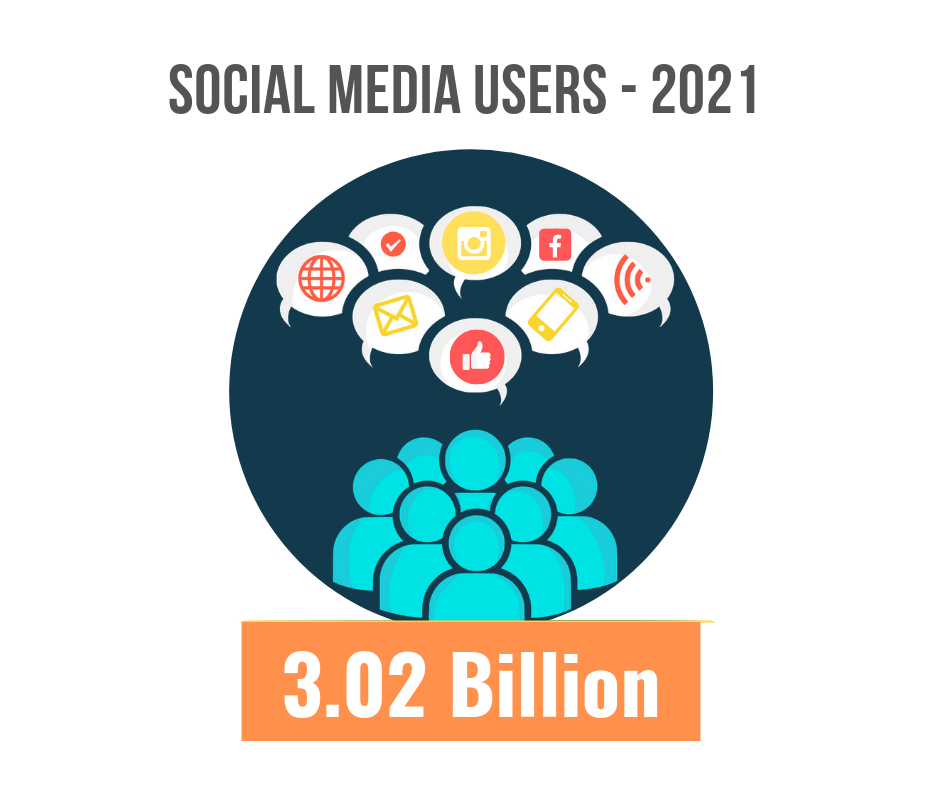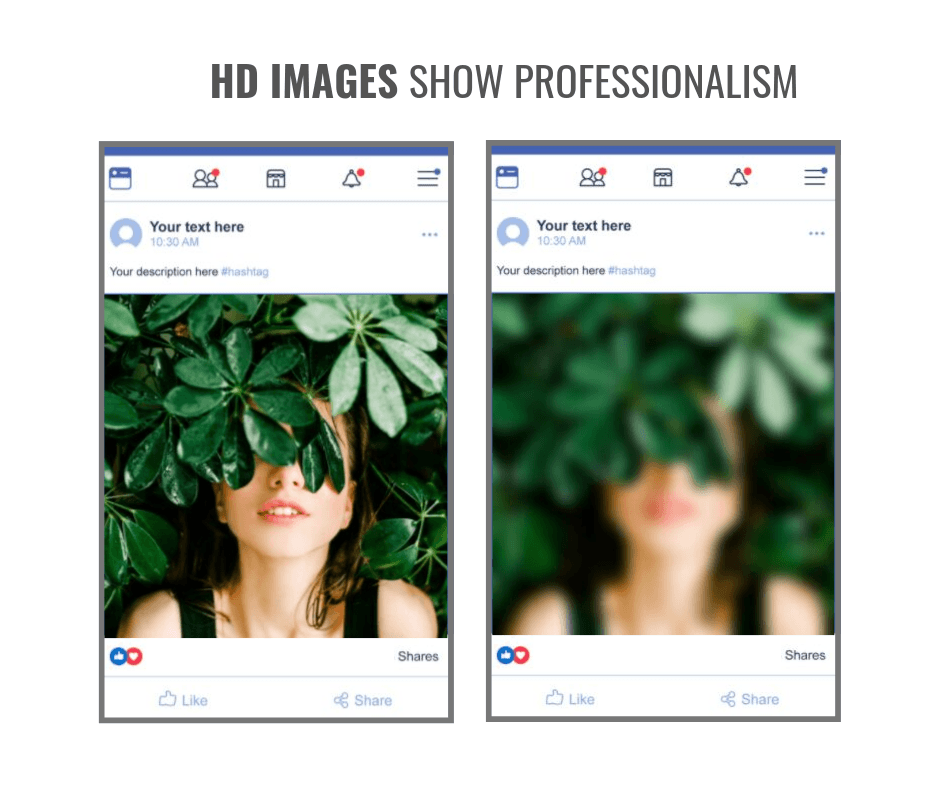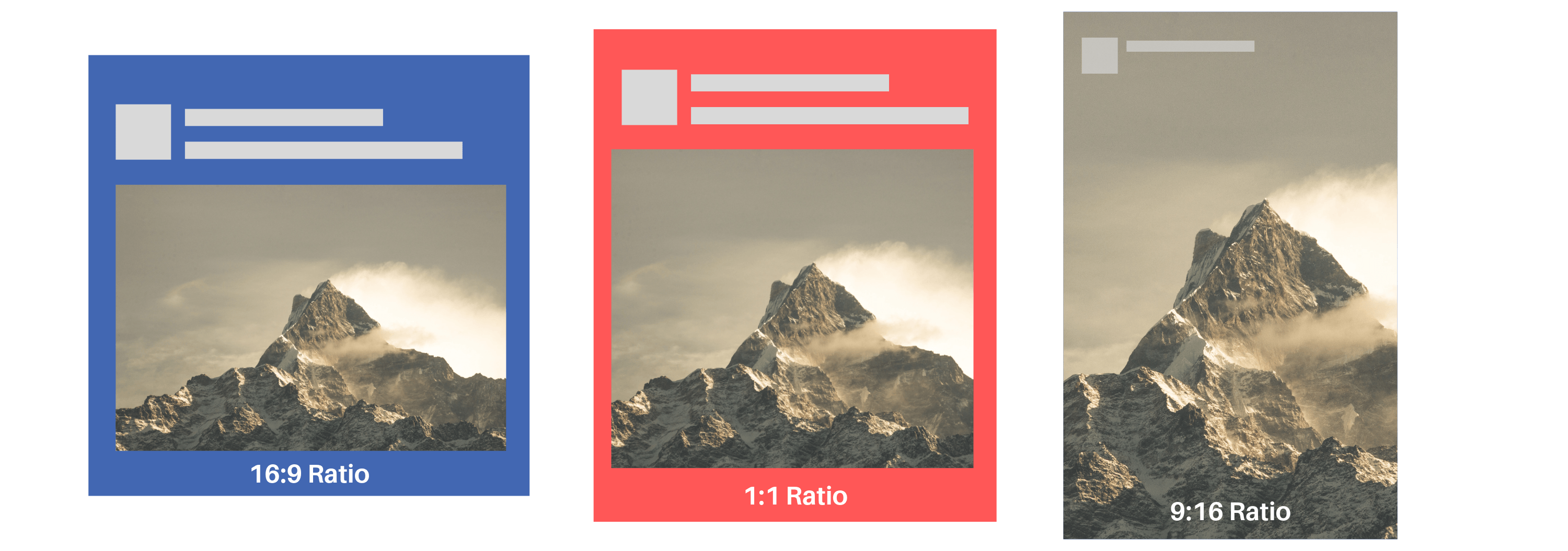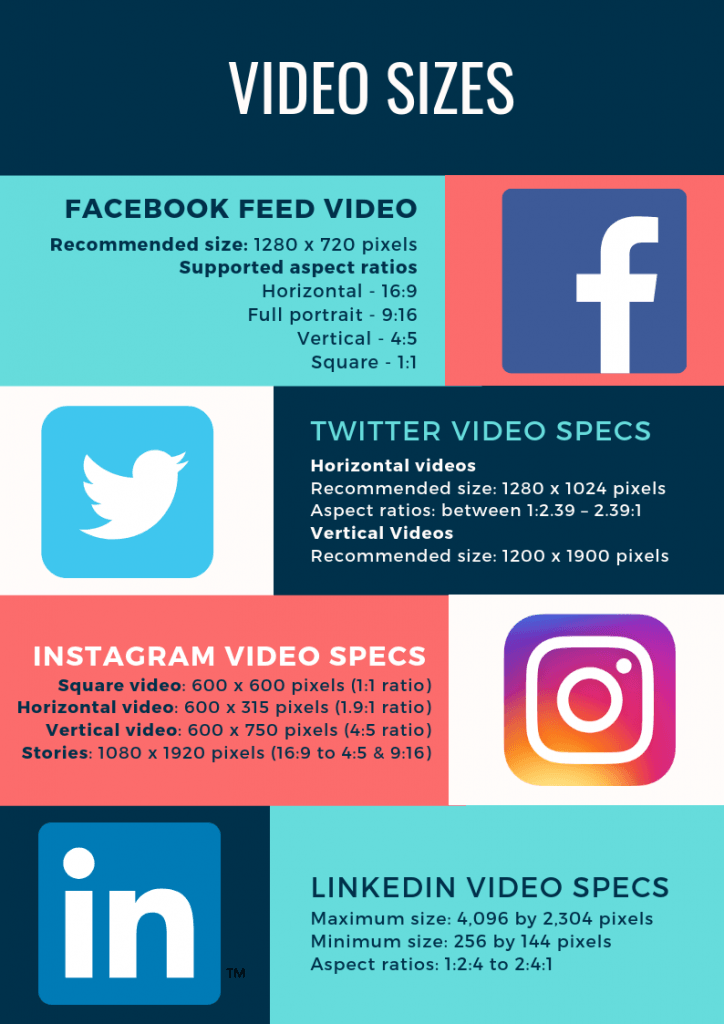A picture is worth a thousand words, goes the adage, and the digital world firmly believes in this. In 2010, there were about 0.97 billion social media users. By 2021, that figure is projected to touch 3.02 billion. The massive rise in the number of social media users has companies and brands racing to stand out. There’s a never-ending rush of content and it’s challenging to get noticed. However, there are two things that can up the odds in your favour – images and videos. We live in a highly visual world and using the right images and videos can ensure your brand stands a cut above the rest.
According to the content marketing expert, Jeff Bullas, there’s a 37 percent higher level of engagement for images over text on Facebook. Meanwhile, Cyndi Knapic of Animoto reported that 64 percent of consumers stated that watching a marketing video on Facebook influenced their purchase decision in the last month. 52 percent of consumers also said that they preferred edited video over live video. Those are significant figures and a wake-up call to brands looking to increase their social media engagement.
Fool-proof Strategies To Double Social Media Engagement
1. Use High-Definition Images In Posts And Updates
Gone are the days of grainy photos. These days, it’s all about high-definition images and great visuals and using them to communicate your voice. Back then, mobile phones and laptops lacked HD displays and it made sense to use low-res images. However, things have changed. Today, smartphones support HD displays so using low-definition images is no longer necessary. High-definition images show professionalism, set the tone for your brand and increase social media engagement. Use a variety of them to keep users engaged. Scripted photos, candid shots, and memes are some of the things to include in posts and updates.
2. Scale Images Across Social Media Platforms
Social media platforms have different image formats. What works for Facebook doesn’t do great on Instagram and vice versa. Once you’ve chosen images to be used for your brand, they need to be resized to cater to these formats. This makes them look presentable and ensures that the concept you’re trying to convey resonates with your audience.
There’s a bigger factor at play too. Sharing the same size images across various platforms can result in them being cropped. For instance, an image you post on Facebook will automatically be cropped on Instagram as it has a different image size requirement. You could end up losing important info you’re trying to send your audience such as discounts, coupon codes, etc. You’re more likely to get responses if you convey your message in full at the outset. If not, users will scroll past your post and you’ll miss the chance to convert leads into sales. There are several tools that can resize images for you and make quick work of it. Landscape by Sprout Social and Promo Instant Image Resizer are a couple of them.
3. Repurpose Content Into Videos
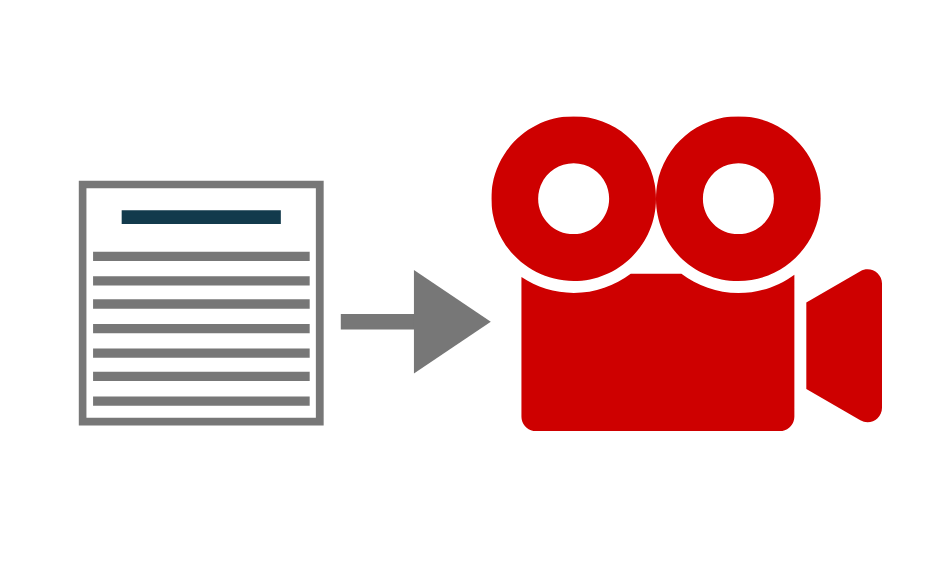
4. Optimize For Mobile Viewership
The Animoto survey also said that 81 percent of marketers optimized social videos for mobile viewership. This is necessary because nearly half of social media users prefer accessing social media on mobile phone apps. 92 percent of mobile phone video consumers share videos with other people while 7 out of 10 millennials are likely to watch brand videos when shopping online. If images and videos aren’t optimized for mobile viewership, they won’t be able to say what they’re supposed to.
Vertical or square video formats (so users don’t have to flip their phones), enabling sound-off viewing, etc. are ways you can optimize videos for mobile phones. It’s important to stick to the recommended video sizes for mobile as well. For instance, you can use a 1:1 or 4:5 aspect ratio for Facebook and Instagram feeds but a 2:3 ratio only works on Facebook. It’s important to keep videos short too. Statistics show that 60 percent of video viewers stop watching by two minutes. Meanwhile, 20 percent click away in 10 seconds or less. Creating videos with relevant content in the first minute and a half or so means that you convey your message before viewers stop watching.
5. Harness The Allure Of Stories
Social media stories are on the rise and more people are using them than before. Facebook, Instagram, and Snapchat all have the feature. They’re viewable for 24 hours before they disappear. YouTube has also started Stories although they last for 7 days. The feature is currently in beta mode and is available for eligible channels that have over 10,000 subscribers. In 2018, former Facebook chief product officer, Chris Cox, said that ‘the Stories format is on a path to surpass feeds as the primary way people share things with their friends sometime next year’. This, and the evidence – more than 1 billion users use Stories – point to how brands need to harness the allure of this feature.
According to an Instagram Engagement Report released by mention.com, videos are the most effective types of content on Instagram. They generate an average of 150 comments compared to 65 comments for image posts. While utilizing Stories is basically now a requirement for brands to connect with their audience, there’s a way to go about it. Forget direct sales pitches and aggressive marketing; brands need to be creative, informative and tell stories that users will remember. Highly scripted stories don’t resonate as well either. They need to be less polished and more casual.
Social media is disrupting the way companies do business. Targeted advertising, real-time customer service and transparency are just some of the ways it’s done this. Brands can increase engagement by resharing images and videos in social media groups. Posting content during peak engagement time can also affect engagement. For instance, the best time to post on Facebook is Wednesdays at 11 am and 1 pm. For Instagram, it’s Wednesdays at 11 am and Fridays at 10-11 am. Twitter’s best time is Wednesdays at 9 am and Fridays at 9 am. Consumers have taken center stage and the influx of content means brands need to step up their game. It’s exciting albeit challenging time and it’s important to stay up-to-date on changing trends.
If you’re interested to double your social media engagement, give us a call.

We are data-driven digital marketing, data & technical consulting firm. We solve big problems with big data; deliver actionable insights & accurate foresights.
